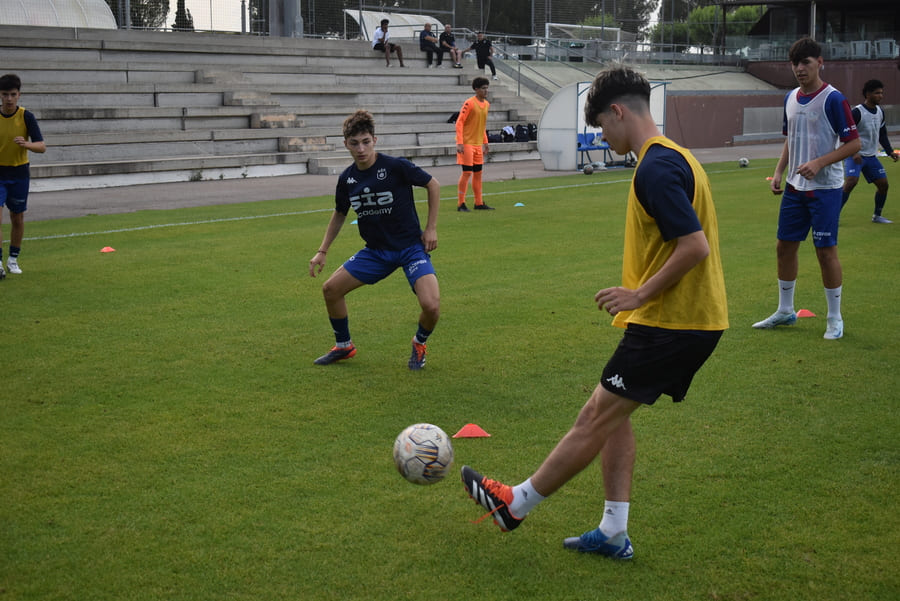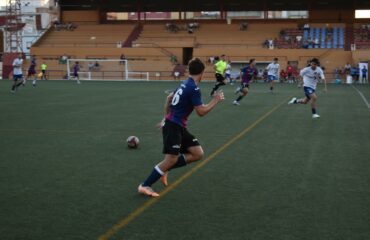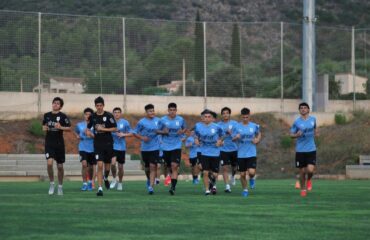In modern football, flexibility has become a determining factor not only to improve the physical performance of players, but also to prevent injuries that can affect an entire season. This concept goes far beyond traditional stretching, as it involves the ability of joints and muscles to adapt to the demanding and fast movements typical of the game. In high-performance academies, this work is an essential part of daily training planning.
Table of contents
What flexibility means in football
Flexibility in football is understood as the ability of the body to perform wide and efficient movements in every technical action. A flexible player finds it easier to turn, accelerate, stop, jump, or shoot without his muscles and joints suffering excessive strain. In addition, it helps to improve coordination, agility, and recovery after intense efforts.
Ximo, fitness coach at SIA Academy, explains it clearly: “When we talk about flexibility, we are not just referring to touching your toes. We are talking about preparing the footballer so that his body responds to the intensity of the game without breaking down.”
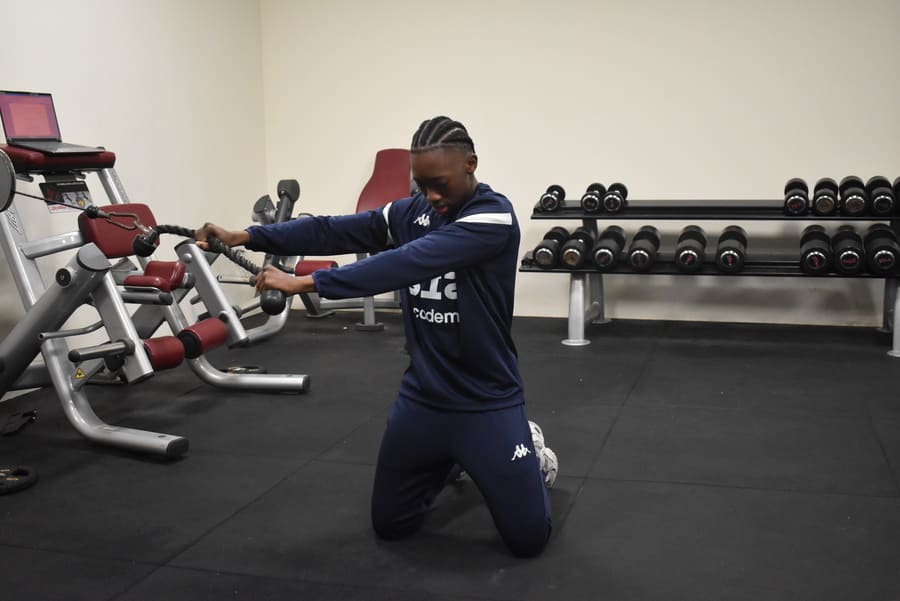
The relationship between flexibility and injury prevention
One of the most important benefits of that is the prevention of muscle and joint injuries. Sudden movements, changes of direction, or impacts are constant in football, and a body lacking flexibility has a higher chance of suffering strains, tears, or sprains.
Regular flexibility training allows muscles to become more elastic and joints to better withstand the demands of the game. In this way, typical football injuries such as hamstring problems, calf overloads, or hip issues are reduced.
How is trained in a high-performance academy
In specialized centers, physical preparation includes a specific plan to be more flexible. This work is integrated into every stage of training:
- Dynamic warm-up: active movements that prepare the muscles for intensity, such as lunges, hip rotations, or light jumps.
- Static stretching: performed at the end of the session to aid recovery and expand joint range.
- Complementary work: yoga, pilates, or mobility routines designed to increase range of motion.
- Individualized prevention: each player receives adapted exercises depending on his position and physical characteristics.
Ximo sums it up as follows: “Each player needs a personalized approach. The demands of a full-back are not the same as those of a center-back. At SIA Academy, we design specific routines so that each footballer improves his flexibility without losing power.”
Flexibility and performance on the pitch
Being more flexible not only prevents injuries, it also directly improves sports performance. A flexible player is able to execute movements more quickly, technically, and precisely. For example:
- Performing 180-degree turns without risk of knee injury.
- Reaching contested balls thanks to greater stride length.
- Avoiding falls by maintaining balance in contact situations.
- Shooting from awkward angles without straining the muscles.
That is why, in high-level academies, flexibility is understood as a fundamental skill that is trained with the same seriousness as strength, endurance, or speed.
The integration of technology in physical preparation
In high-performance environments, technology also plays a key role. Through mobility tests and physical monitoring systems, coaches can detect limitations in a player’s flexibility and design specific plans to correct them.
These evaluations are combined with digital programs where footballers receive their personalized routines and can track their progress. In this way, each player not only trains on the pitch but also works independently in his free time.
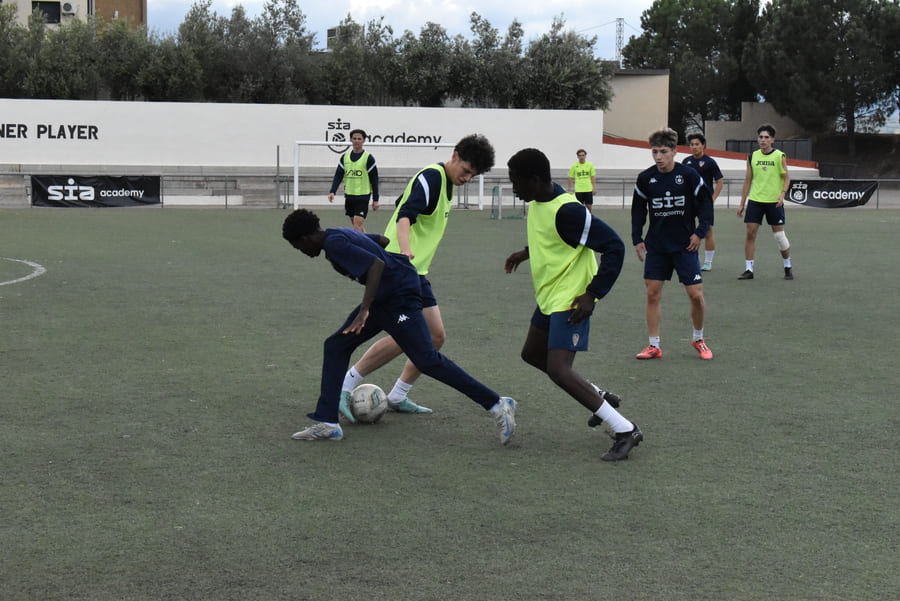
Examples of routines for footballers
Some of the most effective exercises to improve flexibility in footballers are:
- Dynamic stretches for hamstrings and quadriceps.
- Hip and ankle mobility through circles and controlled movements.
- Lower back and lumbar stretches, essential for changes of direction.
- Adductor opening work, key in passing and shooting movements.
These routines, carried out consistently, allow players to keep their bodies ready for the intense demands of training and matches.
Flexibility as part of training culture
The key lies in understanding that flexibility is not an extra, but a habit integrated into training culture. A footballer who incorporates flexibility into his daily routine increases his sporting longevity and competitive level.
In academies like SIA Academy, this aspect is emphasized from a young age, so that players grow with a preventive mindset and awareness of the importance of taking care of their bodies.
Flexibility in football is much more than a physical complement; it is an essential tool to protect the player from injuries and enhance performance on the pitch. Thanks to specific training plans, professional supervision, and the use of technology, it is possible to optimize this quality from youth development to high performance.
As Ximo points out: “The player who trains his flexibility not only gets injured less, he also plays better. The difference is that his body responds effectively to every demand of the match.”
That is why elite academies integrate flexibility into their training programs, understanding that it is an investment in the health and sporting future of every footballer.



